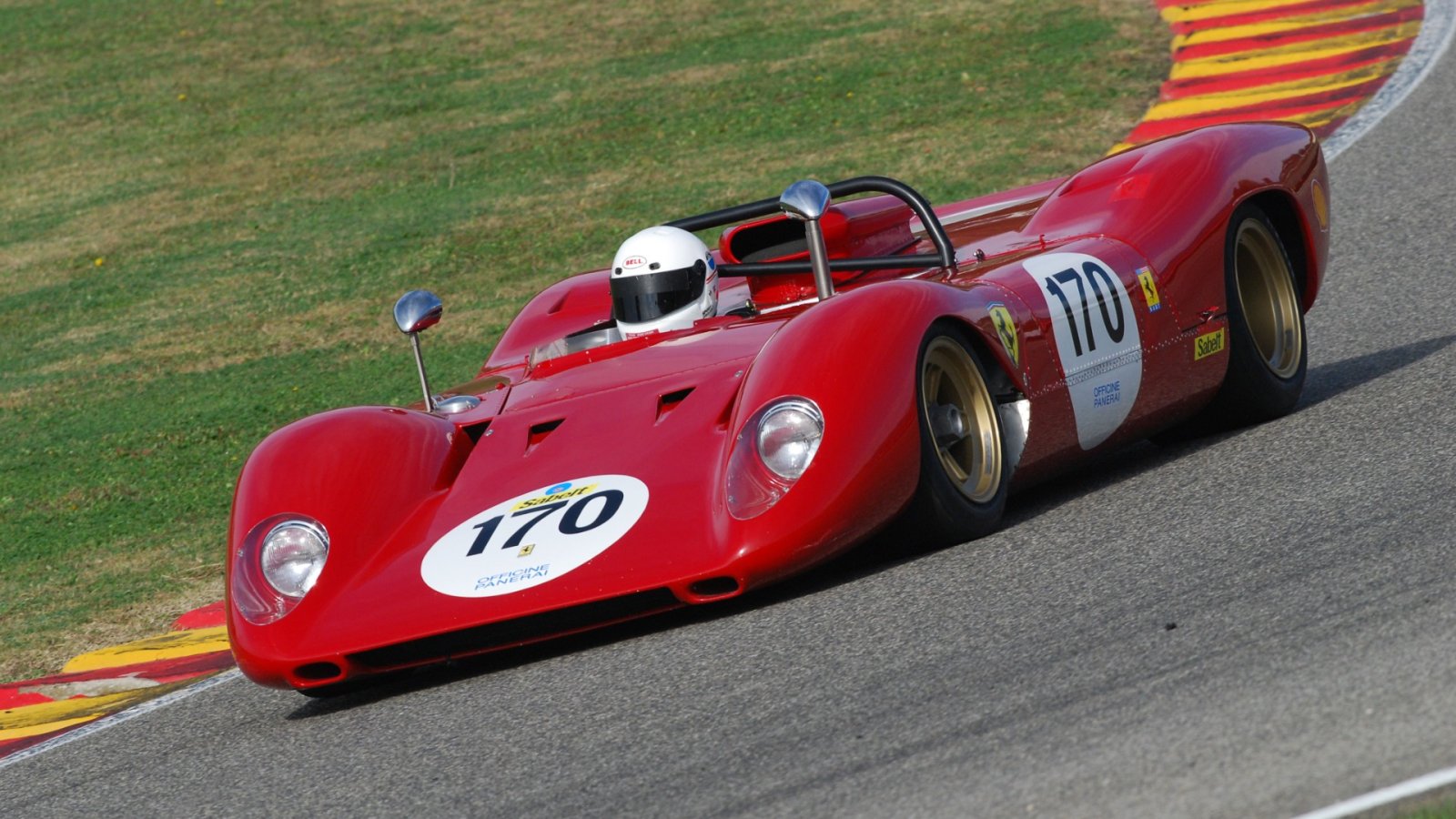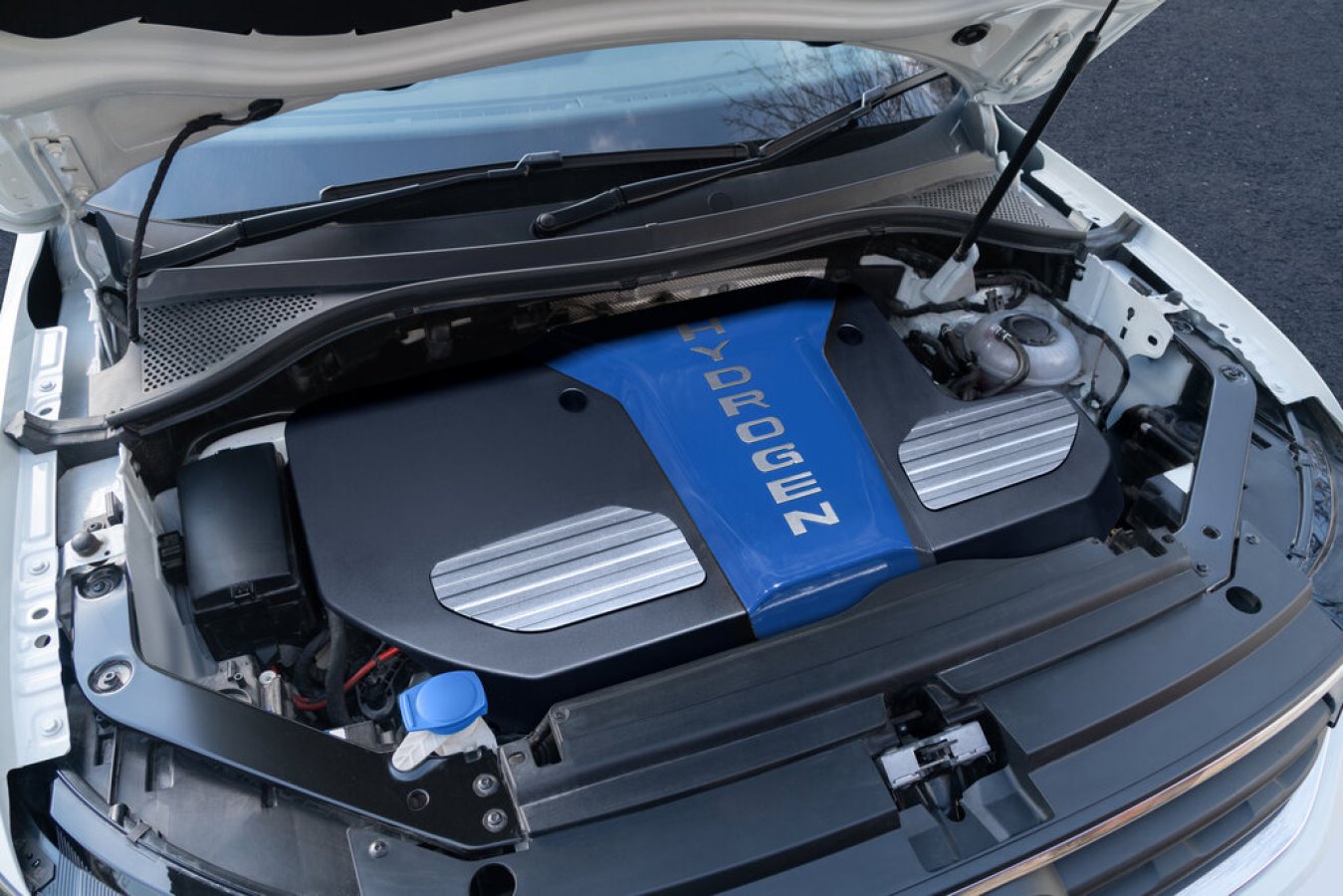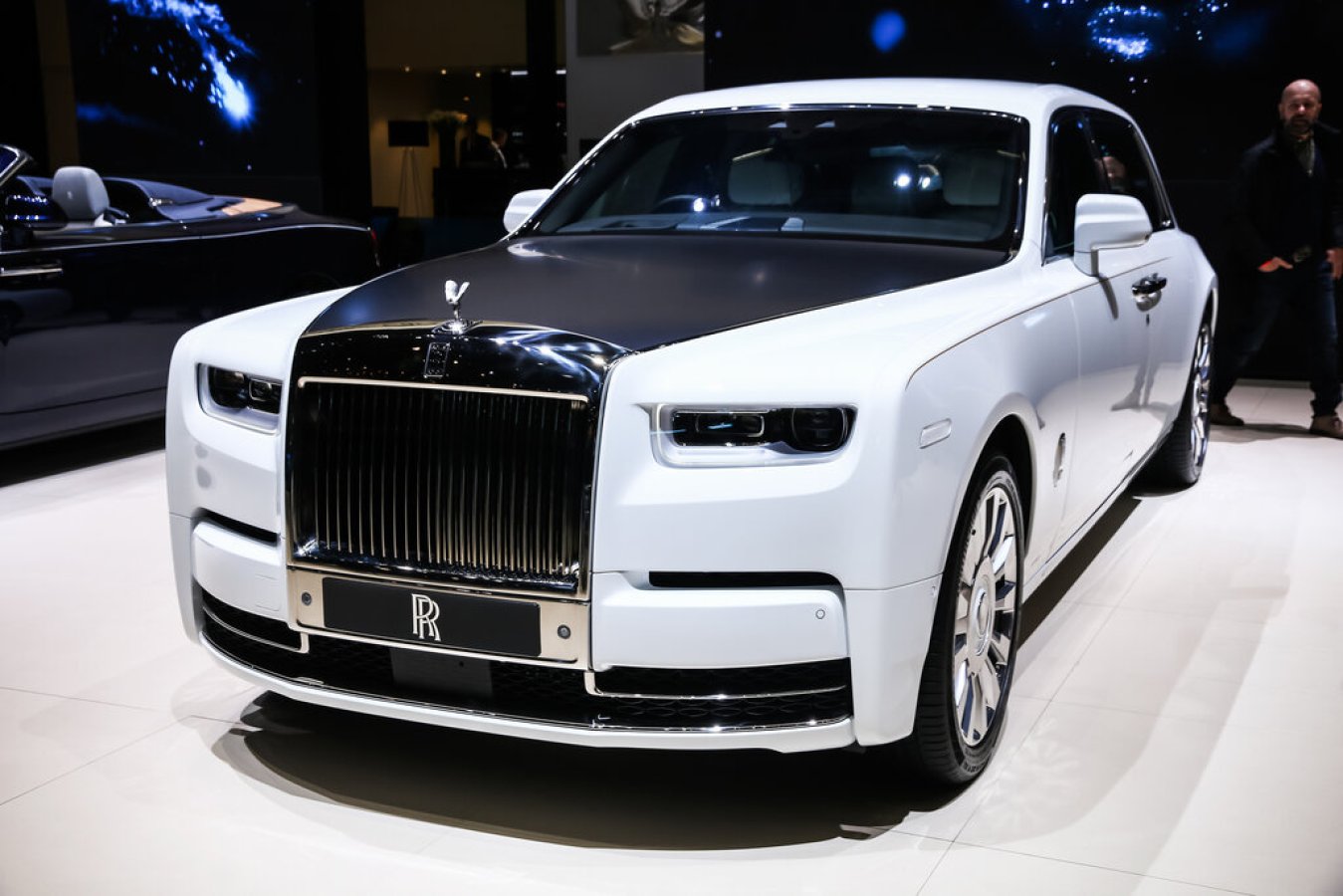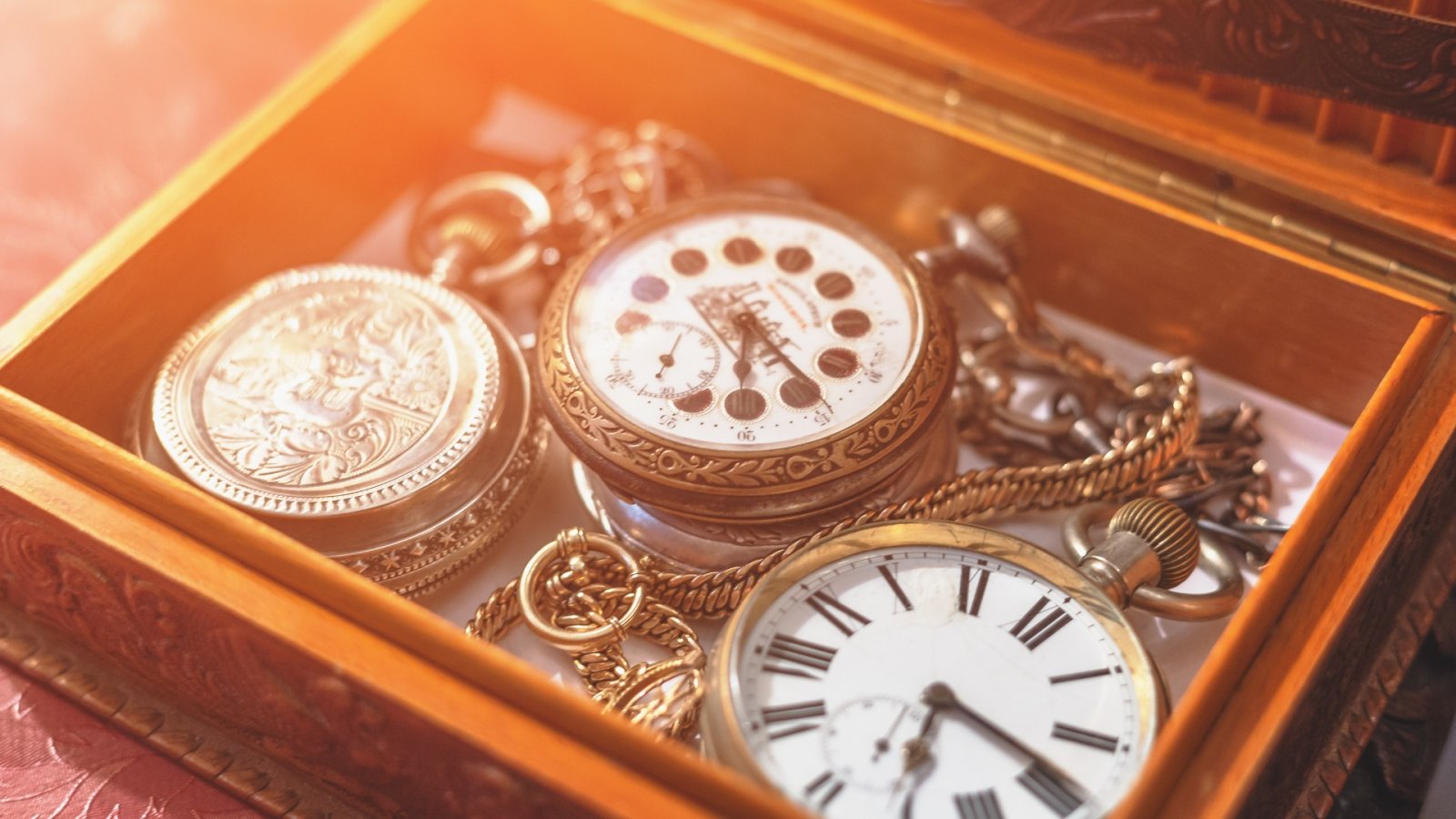While finding a vintage watch in mint condition seems like every collector's dream, pristine pieces are quite rare. A vintage watch's true value lies not just in its state of preservation, but in the craftsmanship and provenance that shaped it.
Over time, the best watches gain character from caring owners and stories accrued. Signs of wear become badges of a life fully lived. So instead of fixating on flaws, a good collector appreciates all the details that differentiate one timepiece from the next. This article does just that.
To appreciate what makes a vintage timepiece singular, you must look beyond the surface deep and examine the intricacies of its creation! So, the following five factors play an integral role in distinguishing the few watches that would stand the test of time and develop a pedigree reserved for the exceptional. Understanding these qualifiers illuminates why some watches achieve rare status while others fade into obscurity.
1. Authentic dial
The dial acts as a watch's face and first impressions, contributing greatly to its character and value. Locating a rare vintage piece with an original dial elevates its importance and appeal to collectors.
Examining finer details can help authenticate a dial's endurance over time. Assessing elements like crown workmanship, case finishing, lug crafting, and hands respectively provide insight. Font styles, number formatting, and printing quality when new also offer comparative clues. Naturally, enlisting an experienced evaluation benefits those less familiar. An all-original example invites deeper appreciation for the watchmaker's dedicated art and care!
2. Case composition
Naturally, vintage timepieces crafted from precious metals hold elevated regard. Watches made of gold, platinum, or stainless steel appeal most to collectors. Meanwhile, gold-filled or plated pieces present a veneer that risks wearing away over the decades. Confirming the true material composition is key. Checking case back engravings often reveals the manufacturing material, and the markings verify the initial quality and heft of a vintage watch's construction for proper condition assessment. Identifying true precious metal composition from imitation separates watches that stood the test of enduring styles from more transient times past.
3. Serial identity
Trailing a vintage timepiece's serial number often unveils confirming origin details. As a general guideline, the sequence traditionally aligns with the movement's production year. In some instances, calibers underwent later dating as well.
If you don’t know where to start, online registry lookups serve as valuable research aids. Cross-referencing the numbers can authenticate the watch and pinpoint consensus around anticipated features. You can also learn production insights and initial specifications. Did surviving features reasonably follow the conventions of the era?
Verification gives you confidence that the watch presents authentically as manufactured, not a muddled history. Knowing the distinguishing details of the reference supports fair pricing aligned with chronology. Serial identity provides visibility into a vintage timepiece's provenance and places it accurately within the larger narrative of watchmaking - if you are into that.
4. Stories and memoirs
While engravings ward some collectors, such personalization can imbue a vintage watch with authentic character and a backstory. So, rather than dismissing inscribed pieces, a discerning collector values how etchings illuminate history and human connection. When authentication verifies the account, a few details more enrich a rare watch's provenance.
Inscriptions that memorialize lives lived to the fullest bring the mechanical art to life beyond its functions! Authentic markings comprise an integral part of evaluating what makes a vintage watch not only original but truly one-of-a-kind in the stories it tells.
5. Authentication documents
While authentication paperwork and factory packaging preserve provenance officially, the lack thereof shouldn't disqualify a watch possessing inherent rarity. Documentation remains secondary to assessing timepiece quality and distinguishing origin.
Sometimes, the records introduce risks, from falsified histories to histories obscured by maintenance.
Absent documents challenge vetting authentic features through close examination instead of credentials. So, good connoisseurs value intimacy with subtleties imparted through the hands-on study of documents. You’ll find that originals have stories intrinsically within craftsmanship.






